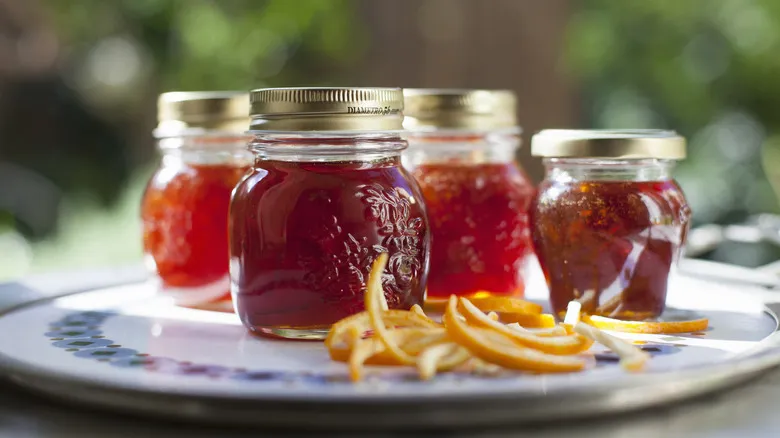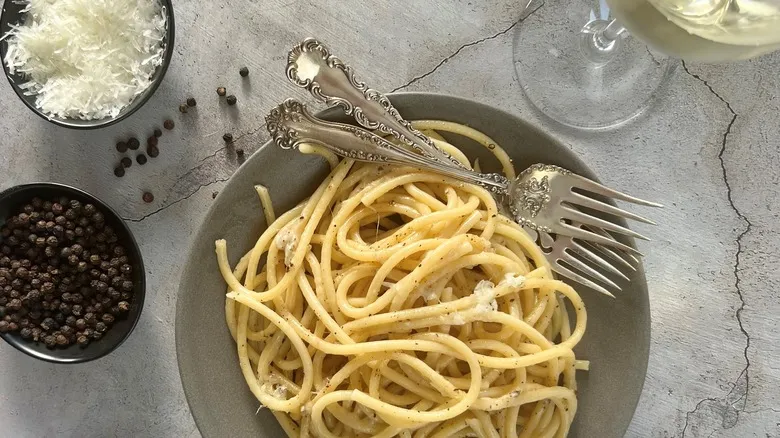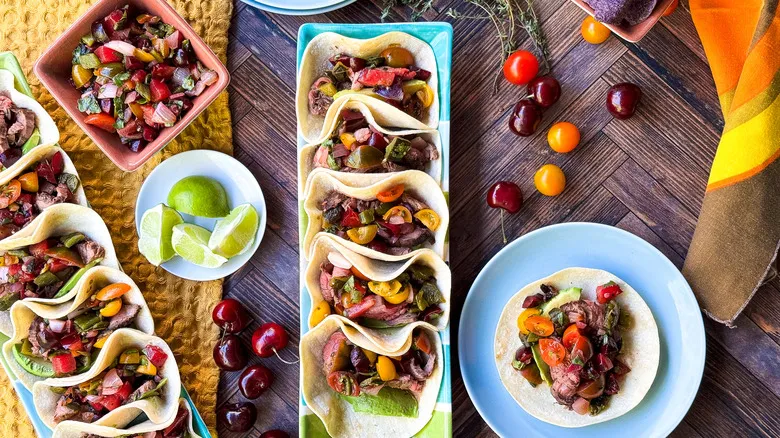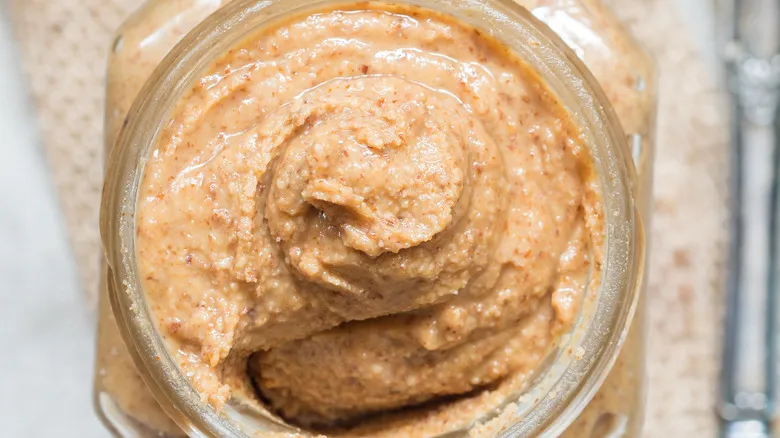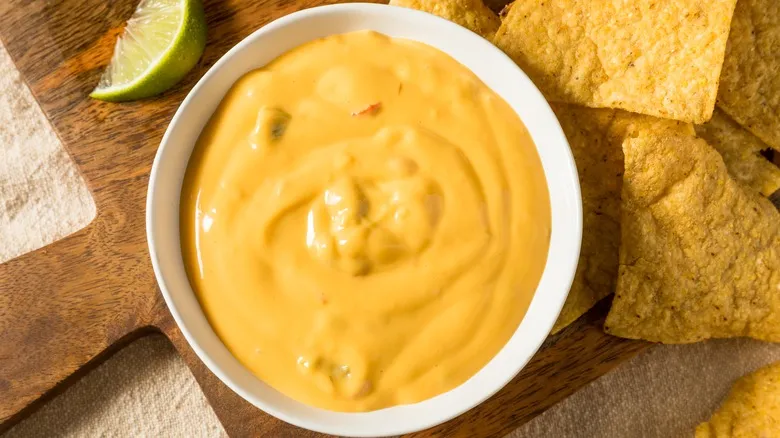Jam vs jelly
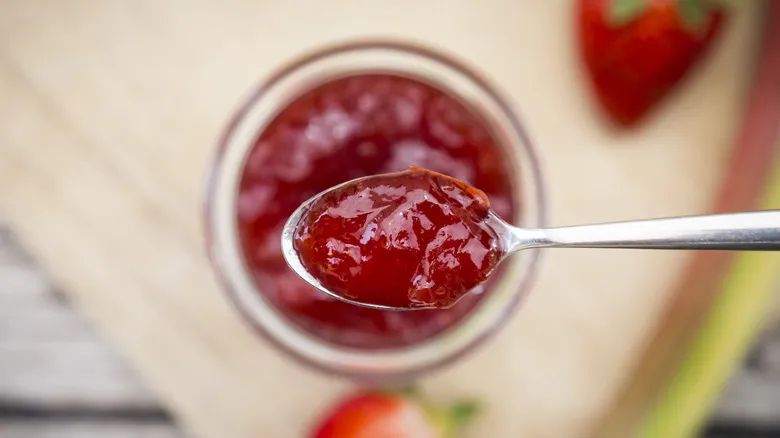
The rise in popularity of peanut butter and jelly sandwiches may be one of the best things since sliced bread. But what exactly are you pairing with your peanut butter and whole wheat bread? Jelly, by its nature, is typically clearer and easier to spread than jam. In the process of making jam, larger fruit pieces are removed, leaving only the juice. This juice is then boiled and often combined with sugar and gelatin or pectin (a natural starch found in fruits and vegetables) to achieve a thicker consistency. As a result, jelly is much smoother than jam, making a spoonful of grape jelly perfect for quick and easy breakfast preparation.
On the other hand, jam is produced through a similar method, but the end result contains more bits of fruit or berries. Ripe fruit is chopped or pureed and then cooked with sugar, resulting in a chunkier texture. This makes jam ideal for spreading on flaky buttermilk biscuits or layering between slices of fluffy cake.
Plus preserves
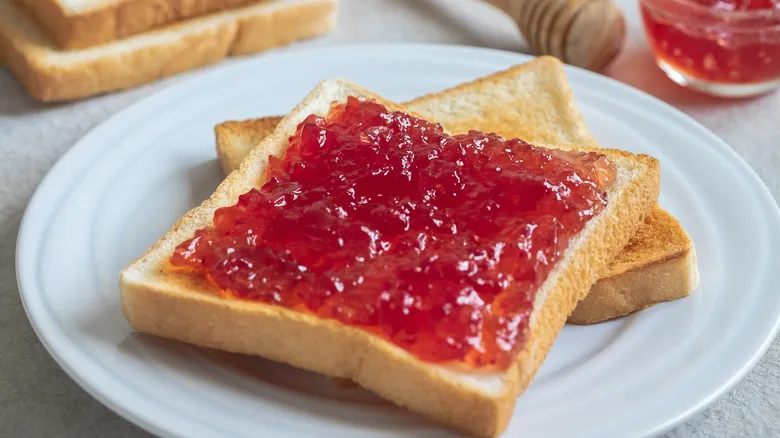
If canning is your passion, autumn is the perfect season to begin preserving your favorite finds from the farmers market. Whether you're looking to store your cherished summer fruits or fill your pantry with delicious, spreadable fruit products for the colder months, there's another option to consider in the jam versus jelly discussion. The thickest of the trio is undoubtedly preserves. Preserves contain larger pieces of fruit throughout the spread, with a greater amount of solid fruit being "preserved" in this method. When citrus is used to make preserves, the outcome is known as marmalade. Marmalades often incorporate the rinds, which are rich in pectin and can result in a firmer texture.
Now that you're well-versed in the differences between jam, jelly, and marmalade, you're all set to enhance your cakes, create the ultimate sandwiches, or elevate your charcuterie boards with a touch of sweetness.
Recommended
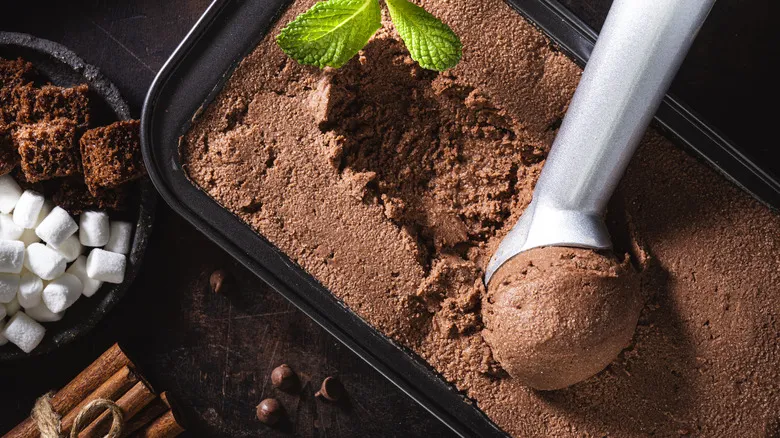
How To Store Your Homemade Ice Cream The Right Way
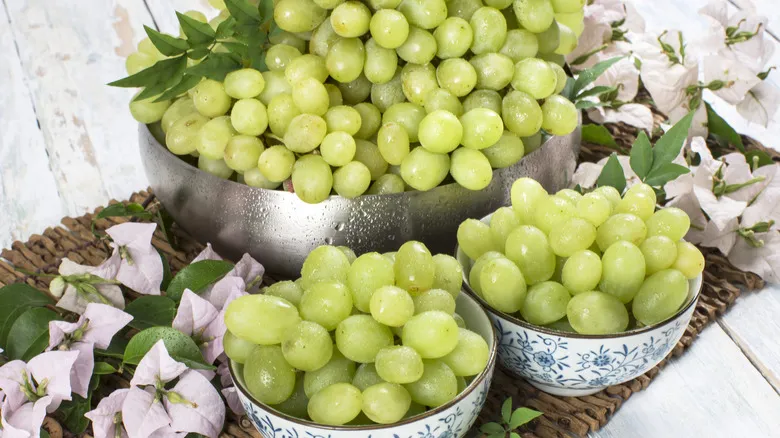
What Gives Cotton Candy Grapes Their Signature Sweet Flavor
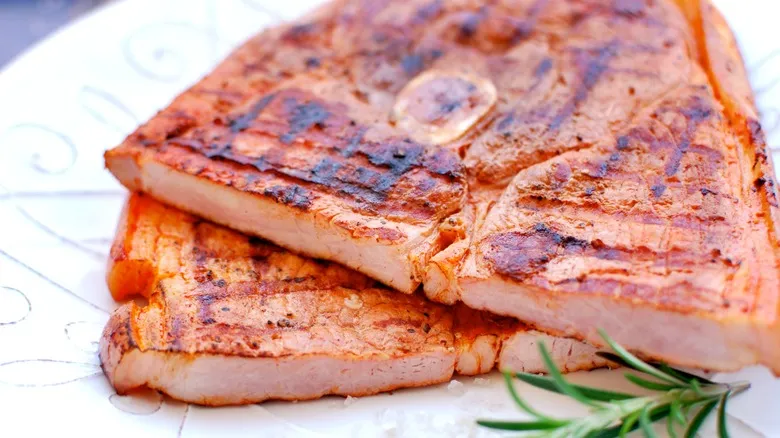
Why You Should Stop Overlooking Ham Steaks
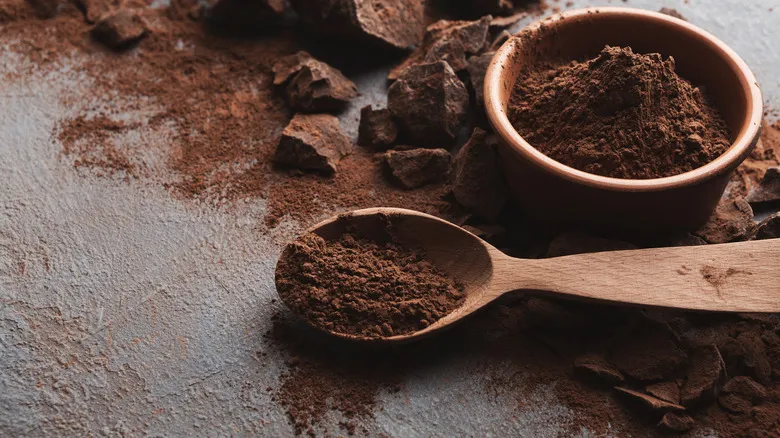
Why Black Cocoa Powder Has The Most Subtle Chocolate Flavor
Next up

